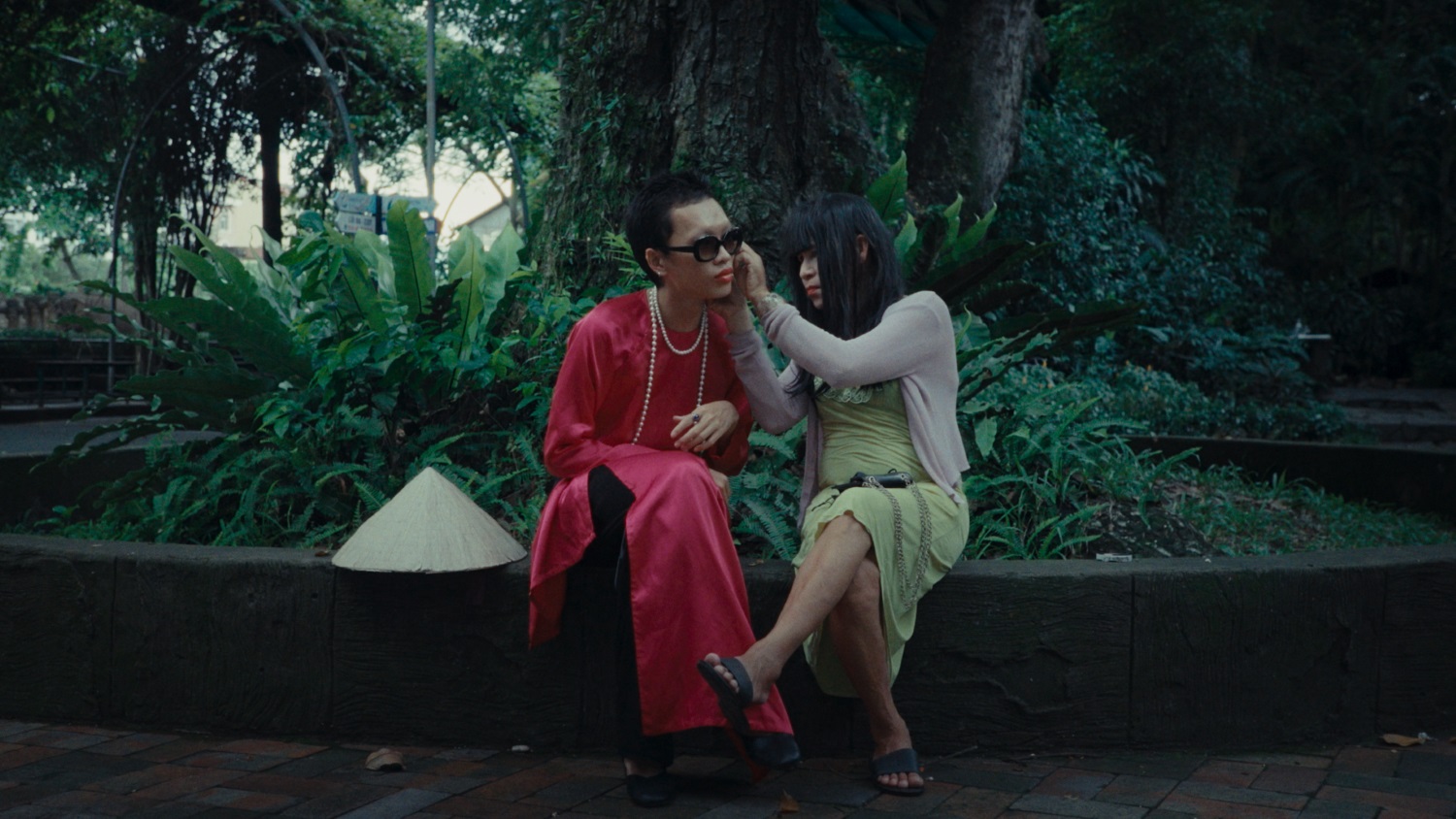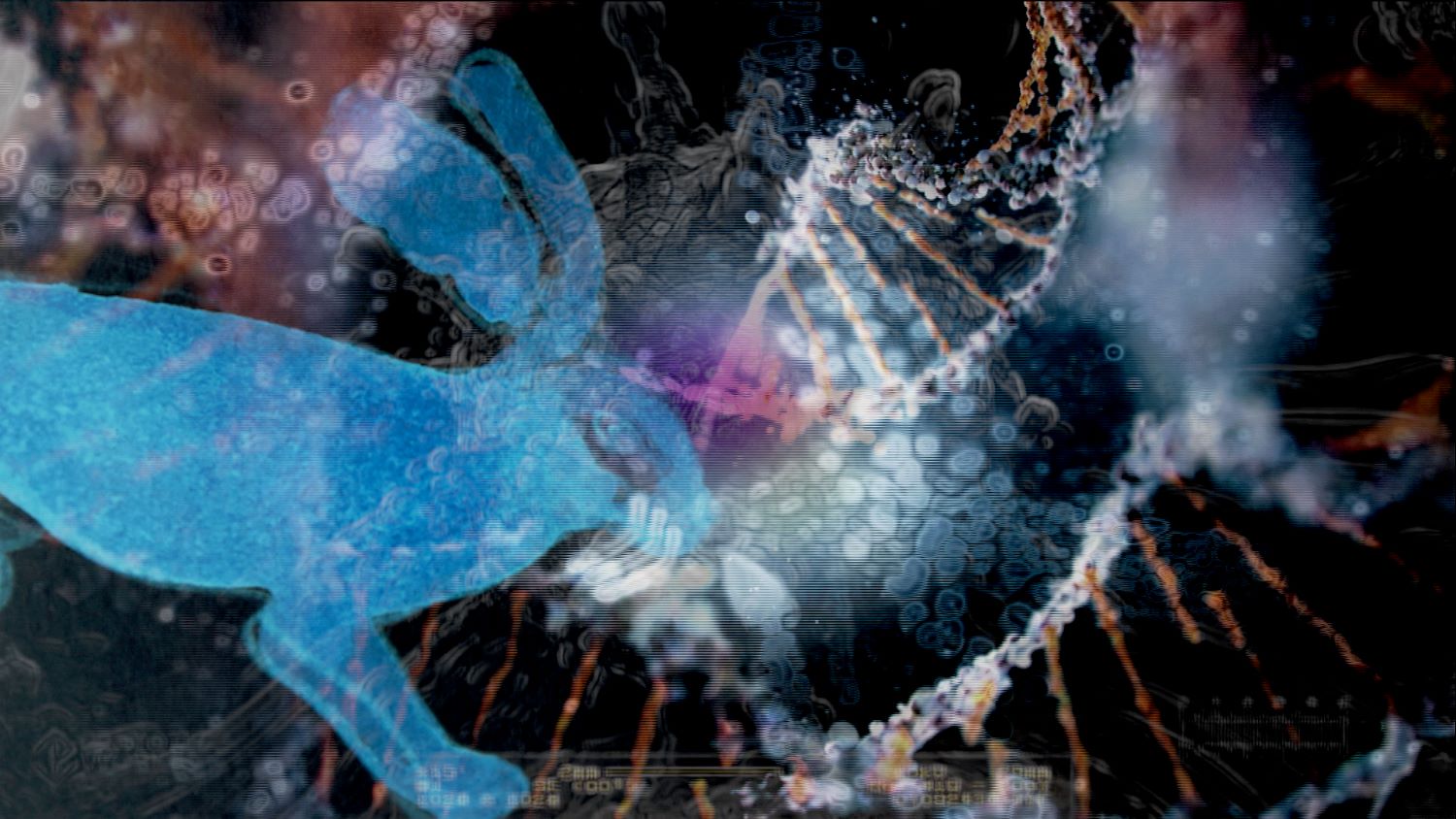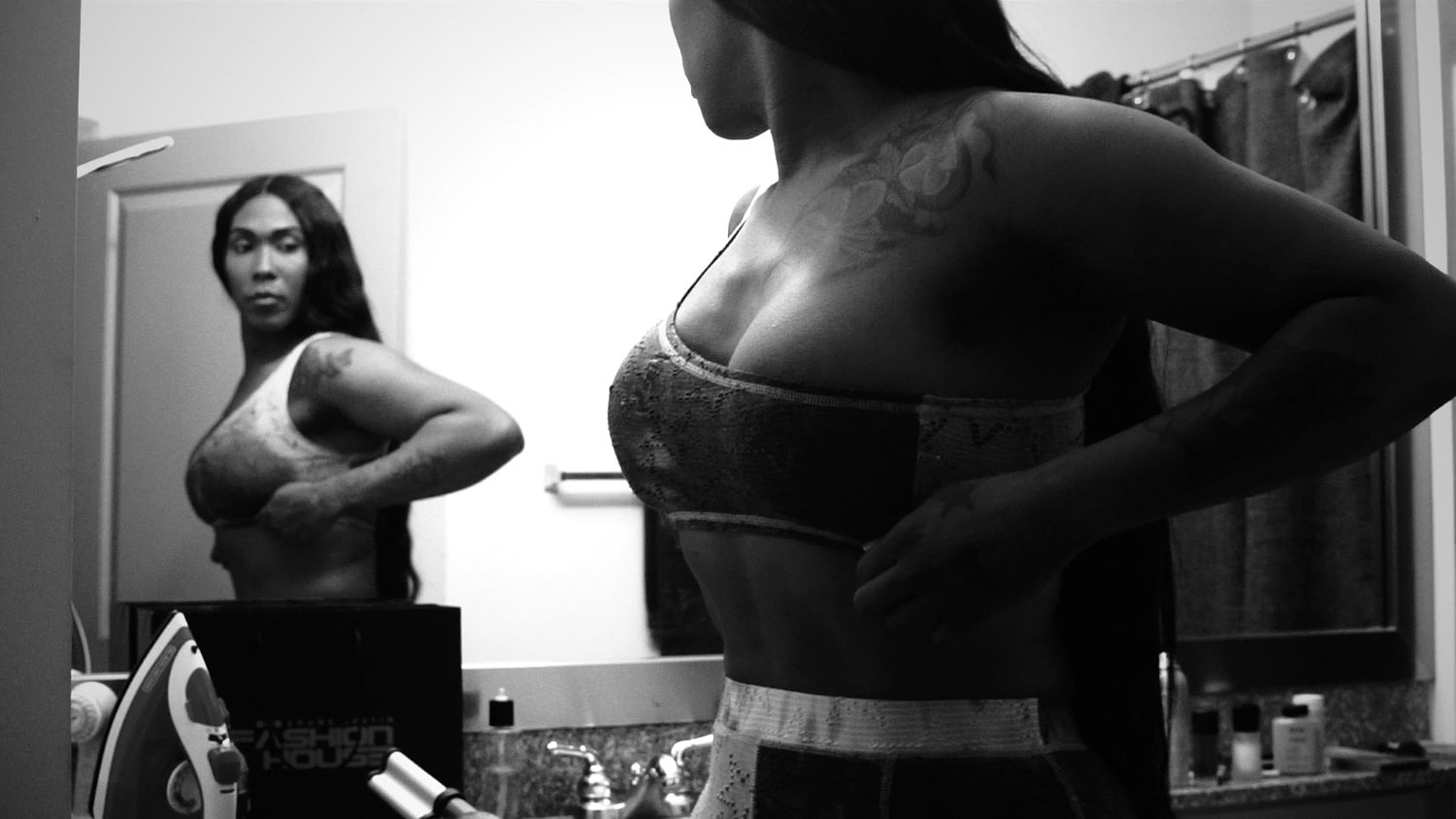On a concrete rooftop, overlooking Saigon and overflowing with green plant life, Dahn and Ngoc discuss love. Dahn recalls a whirlwind love affair, “We first met in Da Lat, at 7 AM,” she says. “It was the first time I met a man without telling him I’m transgender.”
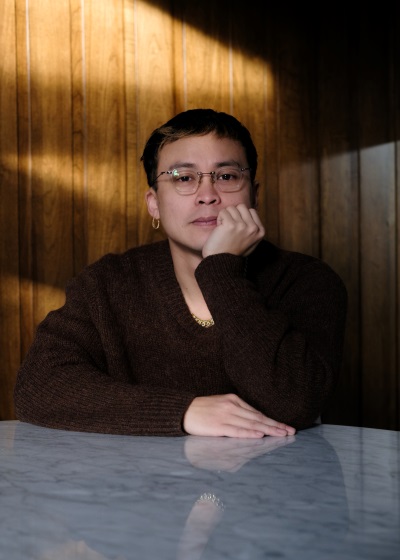
The motorbikes below flow through the streets, like blood through the city’s arteries. The scene unfolds with the dramatic impetus of fiction: The dialogue is intimate and flowing, as the editing implies the encroaching oppression of an increasingly conservative society. It sums up, in its loving gaze and careful construction, the heart of Khoa Lê’s Mother Saigon.
With Mother Saigon, Lê follows an intimate collective of people who both challenge and reinforce traditional concepts of family and love within the LGBTQ community in Saigon. It’s an impressionistic film that doesn’t seek to inform as much as to capture a fleeting sense of time, place, and character.
“Defining what is a documentary for a documentary filmmaker should be the starting point,” explains Lê. “You cannot compare my film with [that of] a filmmaker who does a documentary about a subject trying to inform or tell a story.” The second most crucial thing for Lê as a filmmaker is understanding ethics. He believes that in the end, the film reflects who he is, and in including these characters, particularly as they are vulnerable, he has to take ownership over his role in their story. “I’m the author of this movie. It’s my point of view, not the point of view [of the subjects]. I make the decisions,” he says. “By understanding them, by having a real relationship with them, I’m also responsible for them.”
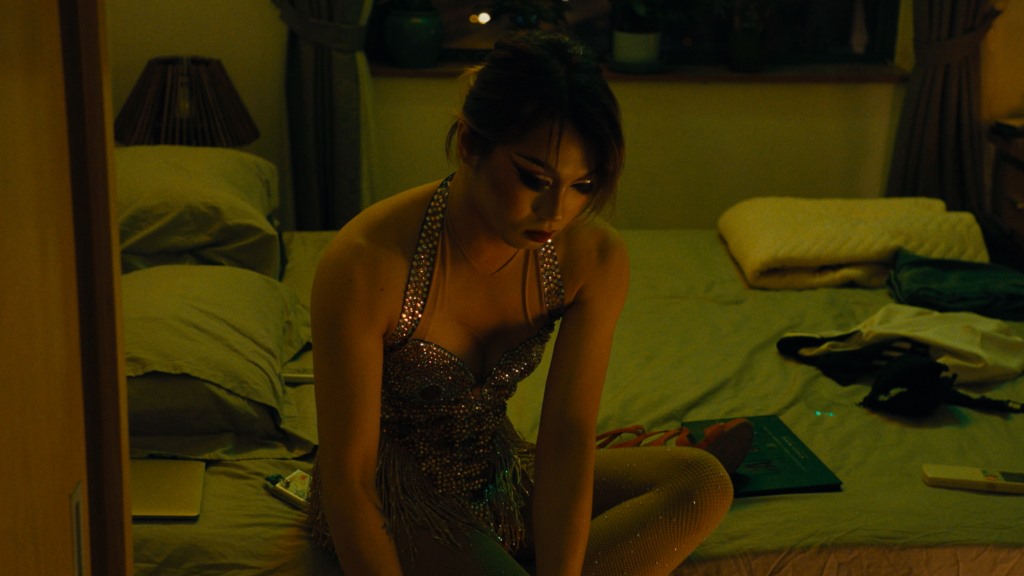
In his first feature, Grandma (2013), Lê, who was born in Vietnam but raised in Canada, took a very personal approach. “I see all of my films as a self-exploration more than [a reflection of] a desire to express something to the audience. My previous film was about trying to understand my roots: the invisible links that connect me with Vietnam and my family,” says Lê. “This film was more about connecting with the environment, seeing my characters as different versions of me in a way.” Lê recognizes that his struggle is very different, however. “I feel pretty privileged to live here [in Canada] and make my art here. When I go back to Vietnam, I see these amazing people who have to struggle and fight for their identity. I’m not wearing their shoes.”
The film was made with a collaborative spirit. “I’m very transparent. I direct them. I decide on an angle,” he explains. “I have this idea of, like, you should have dinner with your boyfriend. We work together. They come up with ideas, and sometimes they disagree with me. Most of the time, their ideas are better. It’s about reshaping real life.”
One of the recurring themes within the film is the idea of dreams. “I want to allow them to dream,” says Lê. Many discussions in the film revolve around dreams for a better future, dreams of love, family, and success. Aesthetically, as well, the movie drifts in and out of night-time scenes, in the jungle and at the club, all featuring elliptic sequences with a character who never speaks. “He’s also a part of the community, though,” explains Lê. “And the letters he reads are real, but the audience doesn’t know that. It’s just another way for me to structure reality.”
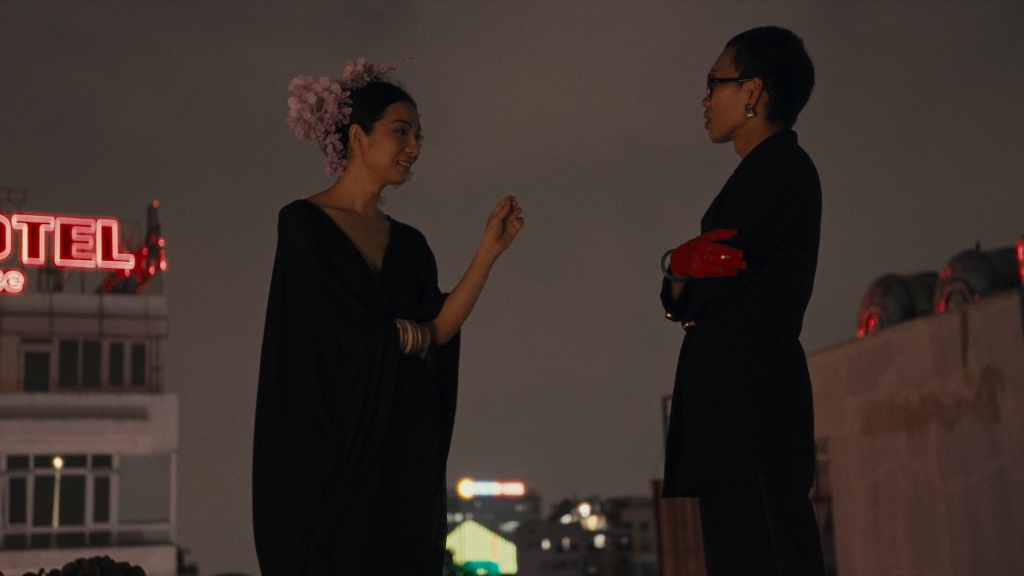
Lê first started shooting the project in January 2020. He went back to Montreal, hoping to return a few weeks later, but then COVID-19 happened. The film was delayed and delayed, mainly because Vietnam’s border remained closed for the better part of two years. Some of that initial footage found its way into the new film, but most of the movie was shot afterward. Throughout the pandemic, from afar, Lê did what he could to help his new friends who were struggling in Vietnam.
Years earlier, Lê went to Vietnam to start research on a fiction film. That’s where he encountered many of his future subjects for the first time. They became friends. “At some point, I realized that the film was more about them than my fiction,” he said.
The film was originally intended to be mostly about love. “It was still about that after, but what they went through was so rough, they had changed,” he explains. “They were more vibrant before.” He considered shifting his approach to emphasize the difference between what he saw in 2020 and the Vietnam he returned to for an additional 28 days of shooting in 2022, but he decided against it. “I realized I wasn’t interested in telling a story about their struggles.”
Lê points to the film’s opening scene, which features a long conversation between two characters. One of them lives on the street and sells cigarettes at night. “I had an opportunity to shoot that, to see the box she lives in, but I decided not to do that. It’s not how she wants to be seen,” says Lê. “They all want to be pretty on camera, joyful. They want this film to be a dream, a fantasy world. Maybe if I shot things differently, it would be more ‘entertaining.’” The film’s fictional framings allow the subjects to shape what they’re saying. “It was very important for me to allow that community to participate and shape their own image.”
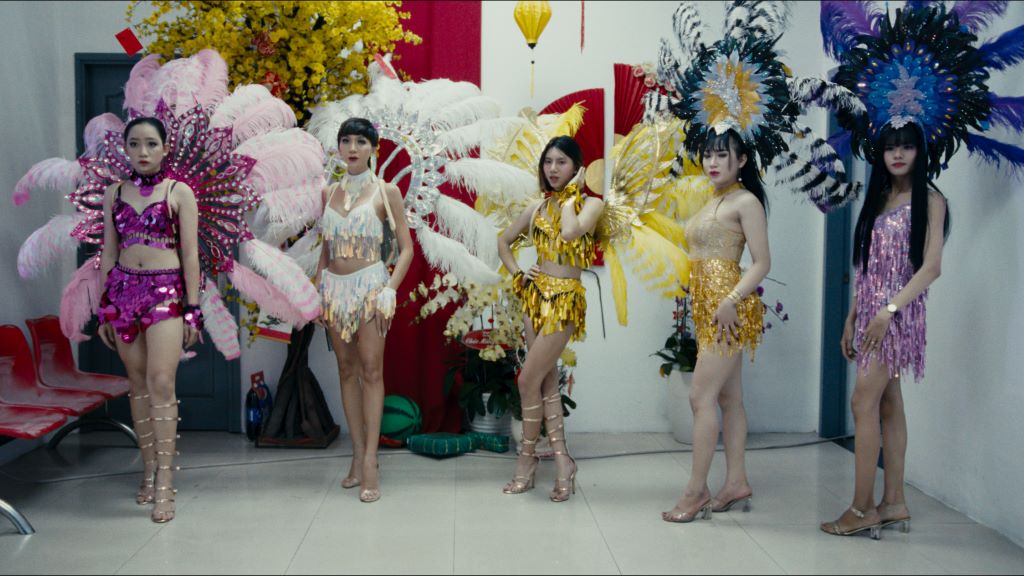
Instead of just love, characters talk much about family and fitting in within the more traditional Vietnamese society. There are long conversations on how to please mothers and mothers-in-law. Rather than a centrepiece, the city feels like an encroaching shadow, ready to overtake the small world this community has constructed.
Lê compares it to his previous film, where Saigon was more prominent. Here it’s more of “a texture, more dreamlike.” He approached shooting the city as if it were another mother. “The city is a mother. How we love the land and the culture, but, at the same time, it isn’t easy to live within that culture. To live in that culture, you need to please your mother. You have to work really hard to please in that society,” explains Lê. “Younger generations have things like RuPaul and social media. It’s easier for them to connect to the world and feel less lonely, but they go home, and it’s still the same shit. Your mother and parents won’t accept you if you’re different. To please that mother is to please society as well.”
Mother Saigon finishes with a spectacular rooftop sequence that feels like it might be taken straight out of a Wong Kar-wai film. The scene is scintillating, intimate, and grandiose. The palpable love Lê has for his subjects jumps off the frame. The sky, tinted an almost-teal blue, feels like it is inviting the audience into an endless night, one brimming with opportunity and metamorphosis. Through love and dreams, everything becomes possible.
The characters in the film have yet to see the movie. Lê hopes to return to Vietnam before the film premieres. “It’s crazy because they never asked me any questions, they trusted me 100%,” says Lê. He’s nervous about what they might think. “I hope they like it. I care about what they think more anything else. I’m more than just a filmmaker; I am also their friend.”




